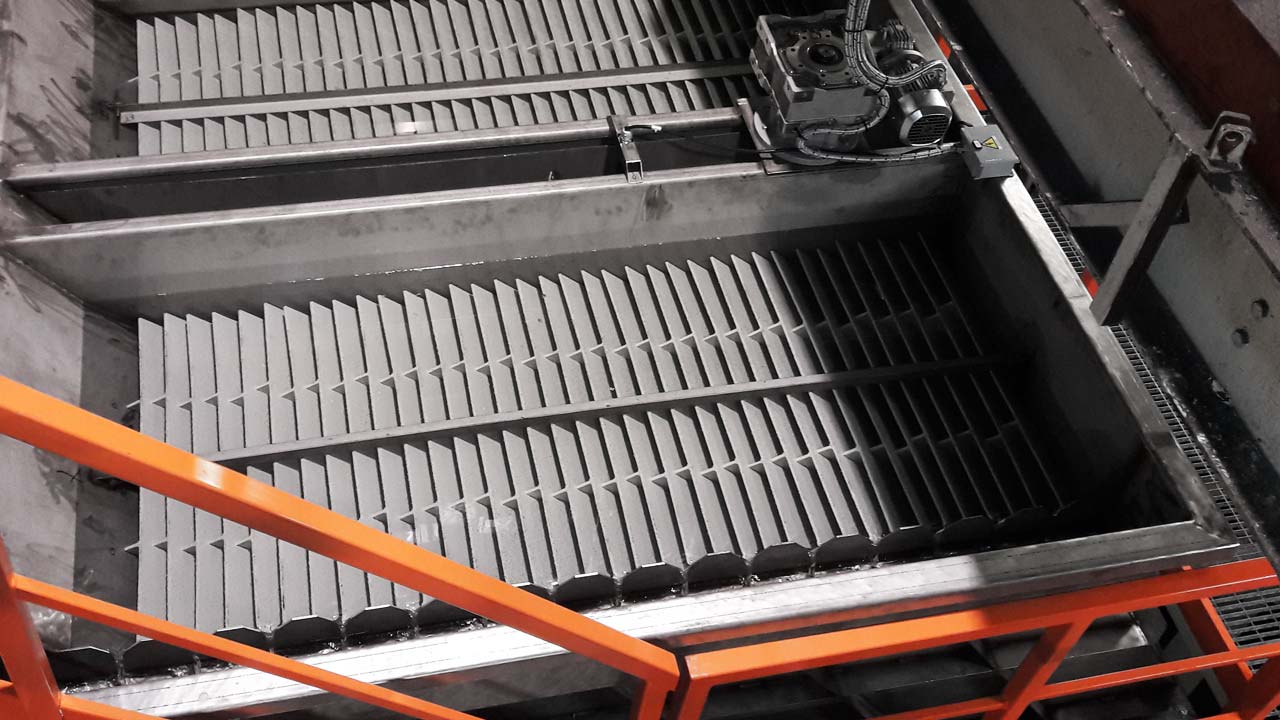
Clarification, or sedimentation, of water is a special filtration process to which water is subjected, which can be either incoming water to a treatment plant or process water; in the latter case, there is then recovery of water, reducing the external water supply, decreasing costs and environmental pollution.
This procedure is called primary sedimentation.
Secondary sedimentation, on the other hand, is provided downstream of physicochemical treatment, whereby the flocs formed are removed by dosing organic flocculants.
Sedimentation is carried out through sedimenters, also called decanters, which can be static or dynamic.

Types of Water Clarification
Static decanters
The static decanter provides for the separation of solids by gravitational effect; this process can be aided through the use of flocculating agents, which aid in the formation of flocs.
The sedimenter has a circular shape at the top and a conical shape at the bottom, where thickening and depositing of flocs takes place, which become sludge that will be ejected through a dedicated extraction valve.
Dynamic decanters
In Clarification plants with dynamic decanters, in addition to using flocculating substances and performing the gravity separation activity, theclarified water is conveyed to appropriate location and then the flow is returned to the production process.
Sludge is extracted and later subjected to eventual dewatering to reduce its volume for disposal.
The Clarification plants that Coind designs are properly sized according to the type of liquid and suspended matter to be treated, so as to limit flocculating chemicals in the use phase.
Where possible, consideration can be given to replacing chemicals with natural materials and further limiting environmental impact.
This type of approach makes it possible to contract the costs associated with the production process and, by following the entire process with automated surveys and monitoring, maintain a good level of efficiency.
Lamellar decanter
The working principle of the lamellar decanter is based on a suspended solid particle (in a moving fluid) decanting according to a line, which is not vertical, as it would be in the case of stationary fluid, but moved in the direction of fluid motion.
Lamellar sedimenters are made up of packs of lamellae, calculated with a certain slope and size.
The flow through them is laminar: the suspended solid body tends to decant in the direction of flow, thus settling on the lower lamella.
The deposited particles accumulate, forming a thin layer, until cohesion allows them to slide down the lamella to the lower conical section, from which they will be withdrawn via a sludge extraction valve.
